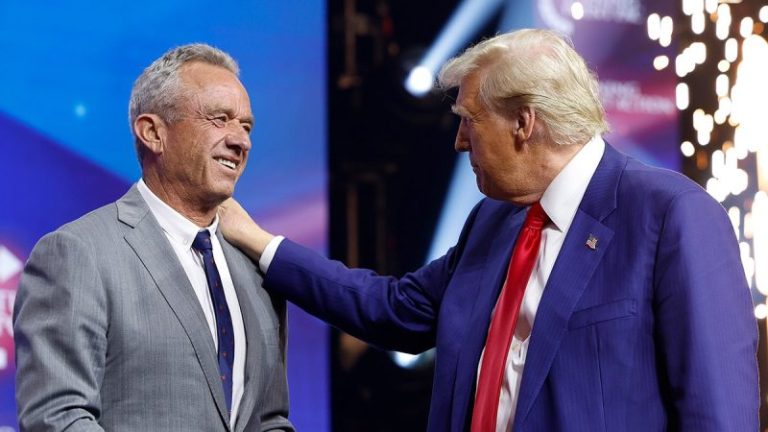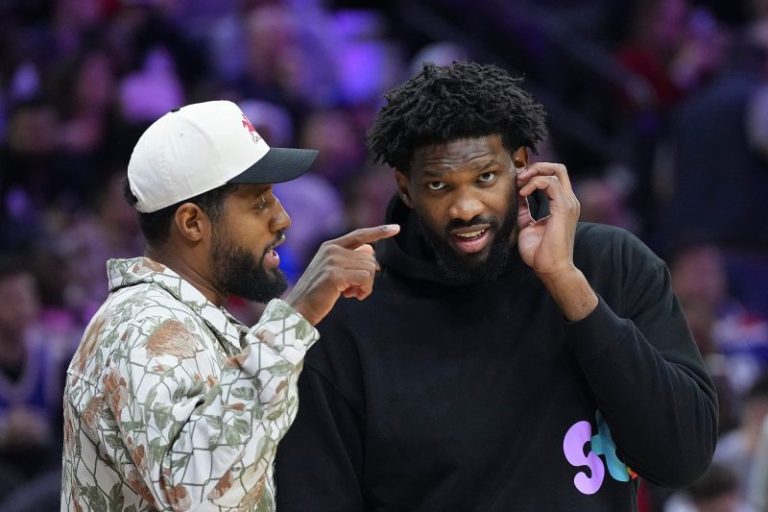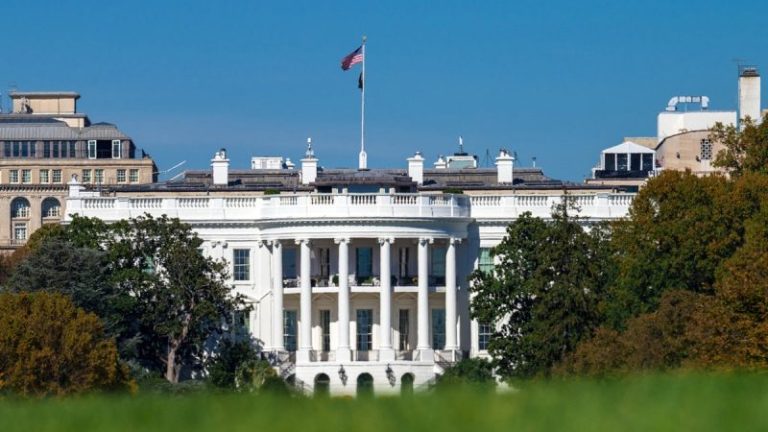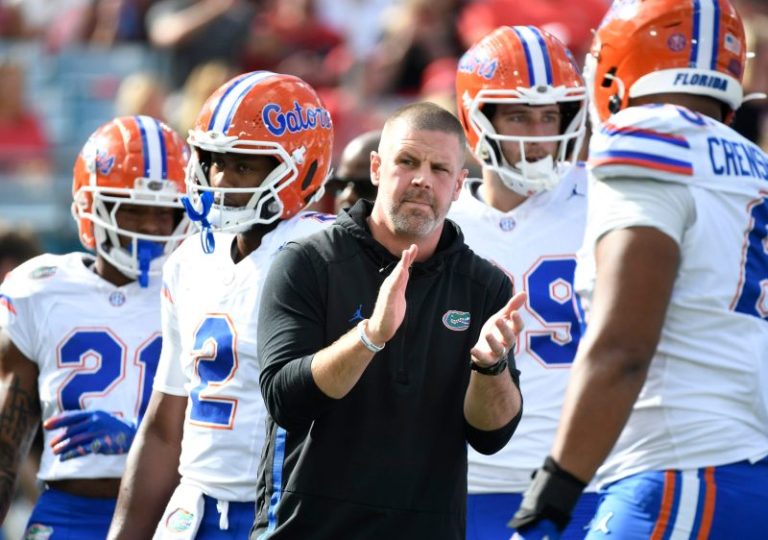JERUSALEM—A female Iranian student on Sunday stripped down to her underwear on the campus of Tehran’s Islamic Azad University to protest an assault on her by the IRGC’s paramilitary militia, known as the Basij, because she allegedly was improperly wearing the mandatory hijab. Since it’s part of the IRGC, the Basij is a U.S-designated terrorist organization.
The video of the unidentified woman walking through the courtyard of the university’s Science and Research Branch in her underwear rapidly went viral on social media.
A university official confirmed the student’s arrest. ‘Following an indecent act by a student at the Science and Research Branch of the university, campus security intervened and handed the individual over to law enforcement authorities,’ Amir Mahjoub, director general of public relations at the university, wrote on X, formerly known as Twitter, according to a report by the London-based news organization Iran International reported
He added, ‘The motives and underlying reasons for the student’s actions are currently under investigation.’
The U.N.’s special rapporteur for Iran, Mai Soto, posted on X, ‘I will be monitoring this incident closely, including the authorities response. #Iran,’ along with a video of the young woman sitting in the courtyard from the U.S. government news outlet Voice of America’s Farsi outlet.
According to Iran International, Amir Kabir Newsletter, a student group on Telegram, reported the Islamic Republic’s security forces severely assaulted the young student. After the regime bashed her head into a car door or a pillar, ‘Blood stains from the student were reportedly seen on the car’s tires,’ the newsletter report noted.
The Iranian American lawyer Elika Eftekhari told Fox News Digital, ‘Her protest may seem shocking to outsiders because it comes with the certainty of imprisonment, torture and rape as punishment from Islamic Republic officials. She reminds me of Jan Palach’s act of self-immolation in the formerly communist Czech Republic. It speaks to the pervasive psychology of depression and hopelessness among Iranians, who often feel trapped in a negative spiral both within the world and vis-à-vis their futures.’
Eftekhari, a member of the U.S.-based Alliance for Human Rights and Democracy in Iran, added, ‘At the same time, there is tremendous fortitude in this expression of resistance, by taking the regime’s gender apartheid misogyny by the throat, so to speak, and ripping it to shreds through civil disobedience. The call to action here for the U.S. and West is clear: first and foremost, recognize her by commenting, tweeting, and issuing statements. Importantly, they must understand her actions within the analytical framework of readiness on the part of Iranians in Iran for regime change, not reform.’
Lisa Daftari, editor-in-chief of The Foreign Desk and an expert on Iran, told Fox News Digital, ‘We are seeing many examples of Iranian women courageously defying the mandatory Islamic hijab laws in Iran. Iranian men and women have been protesting the oppressive Islamic Republic’s rule for decades, but particularly since the Woman, Life, Freedom demonstrations following the murder of 22-year-old Mahsa Amini two years ago, the hijab, women’s dress code and women in general have been at the center of the anti-regime opposition.’
She continued, ‘Each episode builds confidence in other Iranians to stand up against the regime’s oppressive laws.’
The Iranian American human rights activist Masih Alinejad wrote on X: ‘In Iran, a student harassed by her university’s morality police over her ‘improper’ hijab didn’t back down. She turned her body into a protest, stripping to her underwear and marching through campus – defying a regime that constantly controls women’s bodies. Her act is a powerful reminder of Iranian women’s fight for freedom. Yes we use our bodies like weapons to fight back a regime that kills women for showing their hair. This happened at Tehran’s Science and Research University. She has since been arrested by the authorities. Be her voice. #WomanLifeFreedom.’
Iran’s new President Masoud Pezeshkian said during his 2024 campaign, in which females are not allowed to run for president, that he will end the infamous morality police patrols that arrest women for failing to comply with hijab rules.
Yet, critics see Pezeshkian ‘s pledge to be empty rhetoric. Just last month, Iran’s Guardian Council passed the controversial hijab and chastity bill, which means a ‘violation of the Hijab and Chastity law carries a fine of three million tomans [$50].’ Iran’s parliament is now reviewing the bill.
Iran’s supreme leader, Ali Khamenei, controls all laws and legislation in the highly repressive state. The president is largely a symbolic figure.










